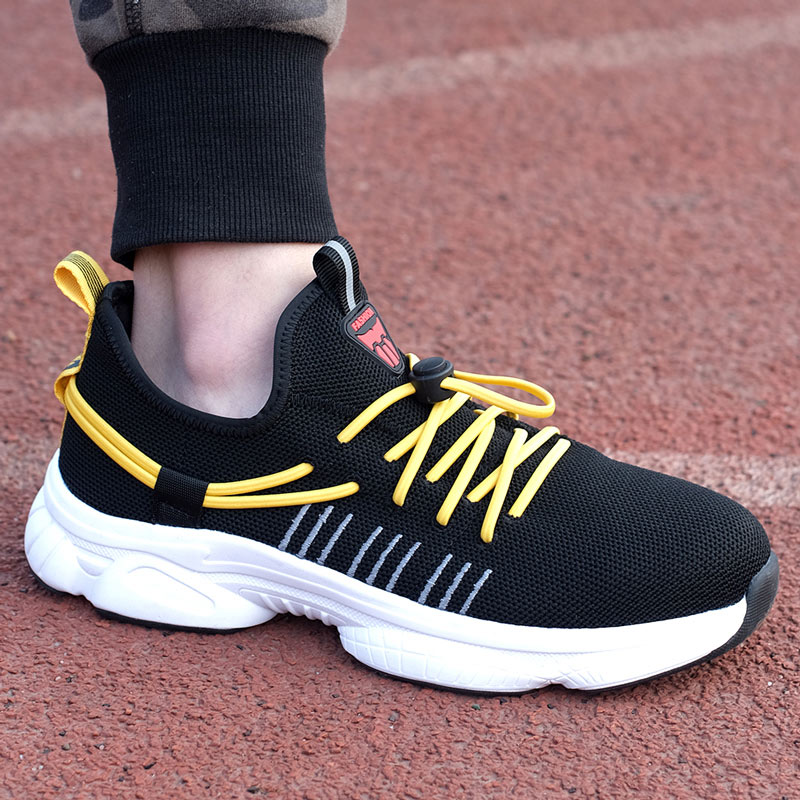Safety shoes are indispensable in various work environments, offering protection, fulfilling key functions, but also presenting potential issues.

### Protection
Safety shoes are designed to safeguard feet from multiple hazards. In many industrial settings, complying with federal regulations enforced by the Occupational Safety & Health Administration (OSHA), they are a must – have for workers. For example, the S1 safety shoes come with protective toe caps that can withstand impacts of up to 200 joules, protecting feet from falling objects. They also have anti – static properties to dissipate electrical charges, crucial in industries handling sensitive electronic equipment. Moreover, their hydrocarbon – resistant soles make them suitable for workplaces with substances like oil and gasoline.
### Functions
The primary function of safety shoes is to protect feet from injuries. They are crafted from materials resistant to slipping, abrasion, and puncture. The reinforced toe caps shield the toes from being crushed. The soles of anti – smash safety shoes are usually made of wear – resistant rubber or polyurethane, providing excellent slip and puncture resistance. Some even have steel midsoles to prevent sharp objects from penetrating the sole and harming the feet. Additionally, safety shoes often have a protective plate in the sole for electrical shock protection and insulation against cold floors or extreme heat.
### Potential Issues
However, safety shoes may cause problems if they don’t fit properly. Despite being designed to protect, ill – fitting safety shoes with their sturdy soles and steel or composite toe caps can lead to serious foot damage. Workers need to ensure they choose the right size and fit to avoid these issues and fully benefit from the protection and functions of safety shoes.
In conclusion, safety shoes play a vital role in workplace safety, but users should be aware of the potential problems related to fit to make the most of their advantages.

发表回复